Crit & Collab
Discipline development is a key focus area at our studio. For those of us on the design team, this means learning about challenges facing other designers and understanding how they’ve approached those problems. We’ve come to realize that the best way to improve our own work is to show it to our colleagues and hear what they have to say.
That’s why our team recently instituted a new format for sharing work, getting feedback on tough problems and stretching our creative muscles in new, unusual ways. We do this through two weekly meetings: “Crit” and “Collab.”
Crit (short for “Critique”)
Over the years, I have participated in and hosted various incarnations of critiques, dating back to when I was a Communication Design student. I learned that critique is a core part of learning for all sorts of media, from design to photography to painting. Getting another set of eyes on your work in progress is a highly effective way to help solve creative problems, while also getting experience presenting your ideas and articulating your decisions concisely. Participating in a critique will give you practice for evaluating designs in progress and providing constructive criticism.
One thing I’ve discovered about design critiques is that as team size grows, critiques become less effective. Outspoken designers with more experience often dominated feedback, leading to a good portion of the team becoming disengaged. That is why we now hold our weekly Crit meetings in small groups of four to five designers across separate areas of our studio. Small groups make each individual feel more valuable, and thus more engaged and comfortable to contribute ideas.
The digital design problems our clients encounter are evolving more rapidly each year. Therefore, it’s important for our entire team to share our experiences so that we can be aware of the types of work each of us is doing. Crits work well to share what we’re doing, but small groups limit wide exposure. We use something called “design snips” to address this issue.
On Crit day, we’ll post a list of who is in each small group on our internal instant-messaging app. Before our meetings start, each team member will post an image, or snip, of what they will be sharing. This teaser image is accompanied by a question explaining exactly what the designer is looking for feedback on. Snips serve two main goals:
- Help the designer figure out precisely what they need help with
- Let the whole team see what others are working on
The snips allow designers to see what is being worked on across the design team regardless of which Crit group they’re in. We also regularly switch groups up to allow various designers to learn from each other.
Since we started holding Crit sessions this way, they’ve been more meaningful and engaging. It’s also quick and easy to check other groups’ instant-messaging threads to see what was discussed and provide feedback and links to external references and examples. I consider the format to be an ever-evolving work in progress, but we’re happy to see the team having compelling design discussions weekly that expand our knowledge.
Collab (short for “Collaboration”)
Meeting just once a week as a team made it difficult to address the many ways our designers wanted to interact, and it still left team members with outstanding questions. What are other teams working on? Can I get help with my work? What new projects are coming up? How can we push each other to be the most creative minds in the business? It was clearly too much to fit into one meeting. We had restructured Crit sessions to be much more effective, but would we dare put yet another meeting on the calendar? Ultimately, we decided that a time dedicated to sharing knowledge and stretching our creativity each week was worth it. So we instituted a weekly meeting over lunch called Collab.
Collab meetings complement Crits by being more free-form. At the highest level, they give the team enough flexibility to work together in ways defined by a different person each week. We could use the hour to demonstrate a new design tool. Or facilitate a design-thinking exercise. Or go through a dry run for a talk a team member is going to give at an upcoming conference. Or maybe we’ll want to just get out some markers and draw doodles on napkins. (Yes, we really did that once.)
Months ago, we started taking turns hosting the Collab meetings, spreading the responsibility of keeping us on track around the team. This gave everyone a chance to be a leader for the entire team. We wanted to maintain this but take it a step further.
Each week, a different designer hosts Collab and the hourlong agenda is entirely up to them. They are responsible for whatever activity, presentation or workshop they want to do. It’s an open playground for creativity, so fun is very much encouraged — we’re sacrificing our lunch hour for this!
In just a couple of months, I’ve been amazed with what the team has come up with. It’s exciting for the group to walk into a Collab and wonder what the host will have up his or her sleeve. We’ve had wonderful sessions like the Great Design Debate, where Emily introduced us to the art of debate and divvied us up into groups to defend the merits of one design tool vs. another. The (polite) arguing lasted far longer than the one-hour session!
Erin presented a wonderful perspective on design and its relation to her study of architecture, and then led the group in a sketching exercise focused on wayfinding.
Ashley crafted a beautiful deck to share her vision of design storytelling, which segued into a hilarious group story-building exercise.
These are just a few examples of the many great Collabs we’ve had — can you see why I look forward to it each week? As we work hard each day on tough design problems for our clients, it’s important to set aside time to grow, connect and have fun as a team. This contributes to strengthening our studio culture as we share our individual passions on the design team.
-
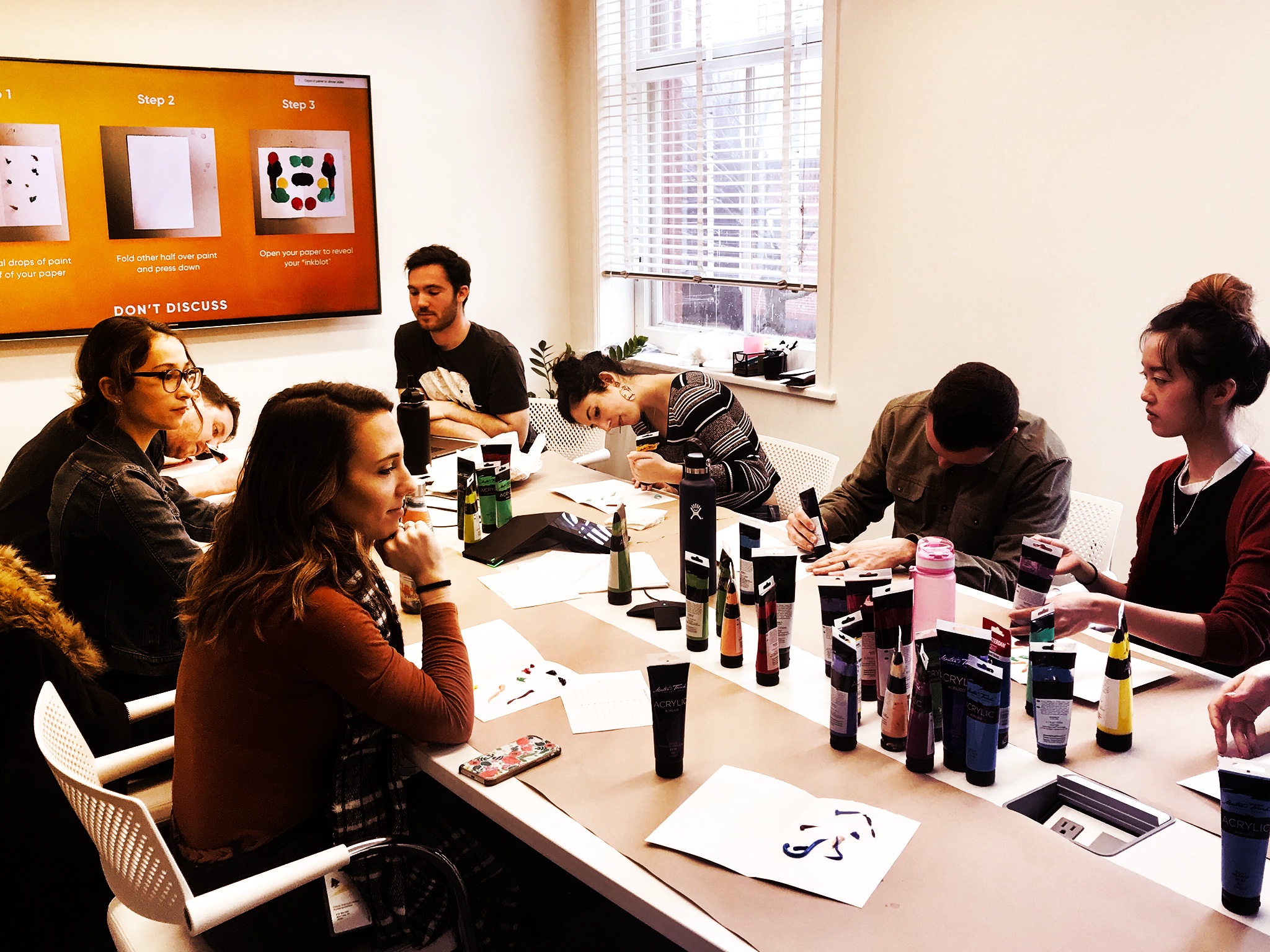
1 / 7
-
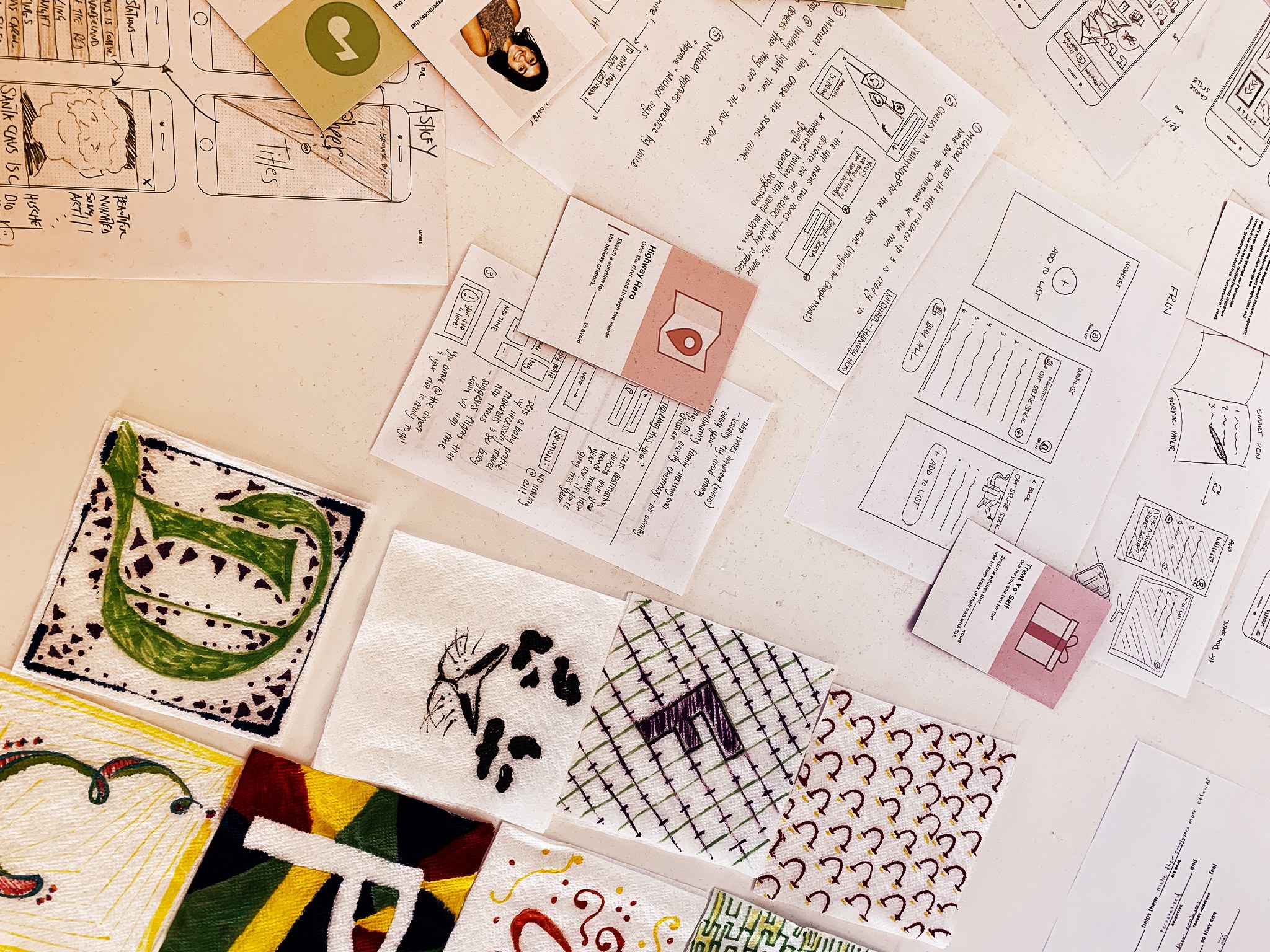
2 / 7
-
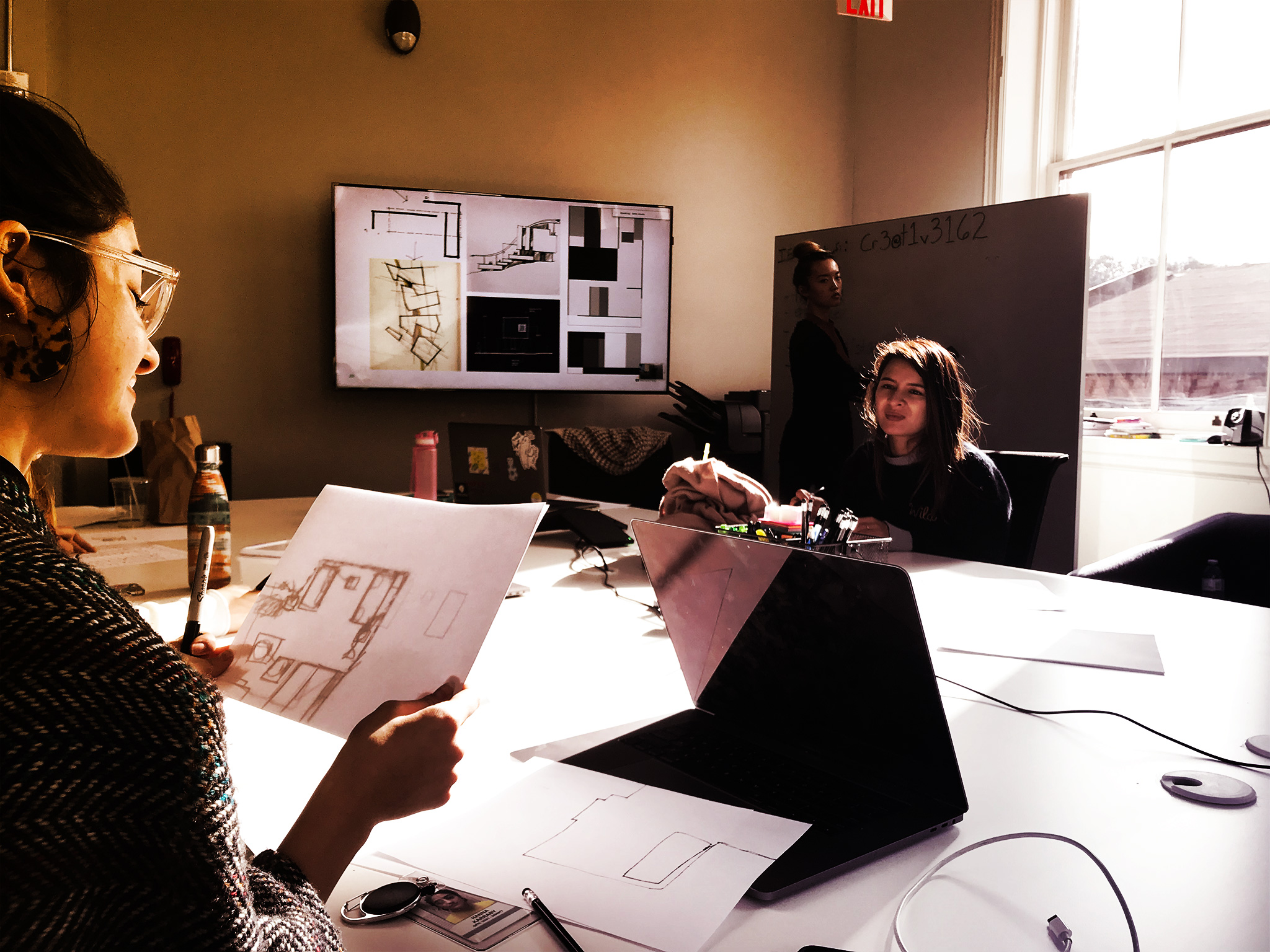
3 / 7
-
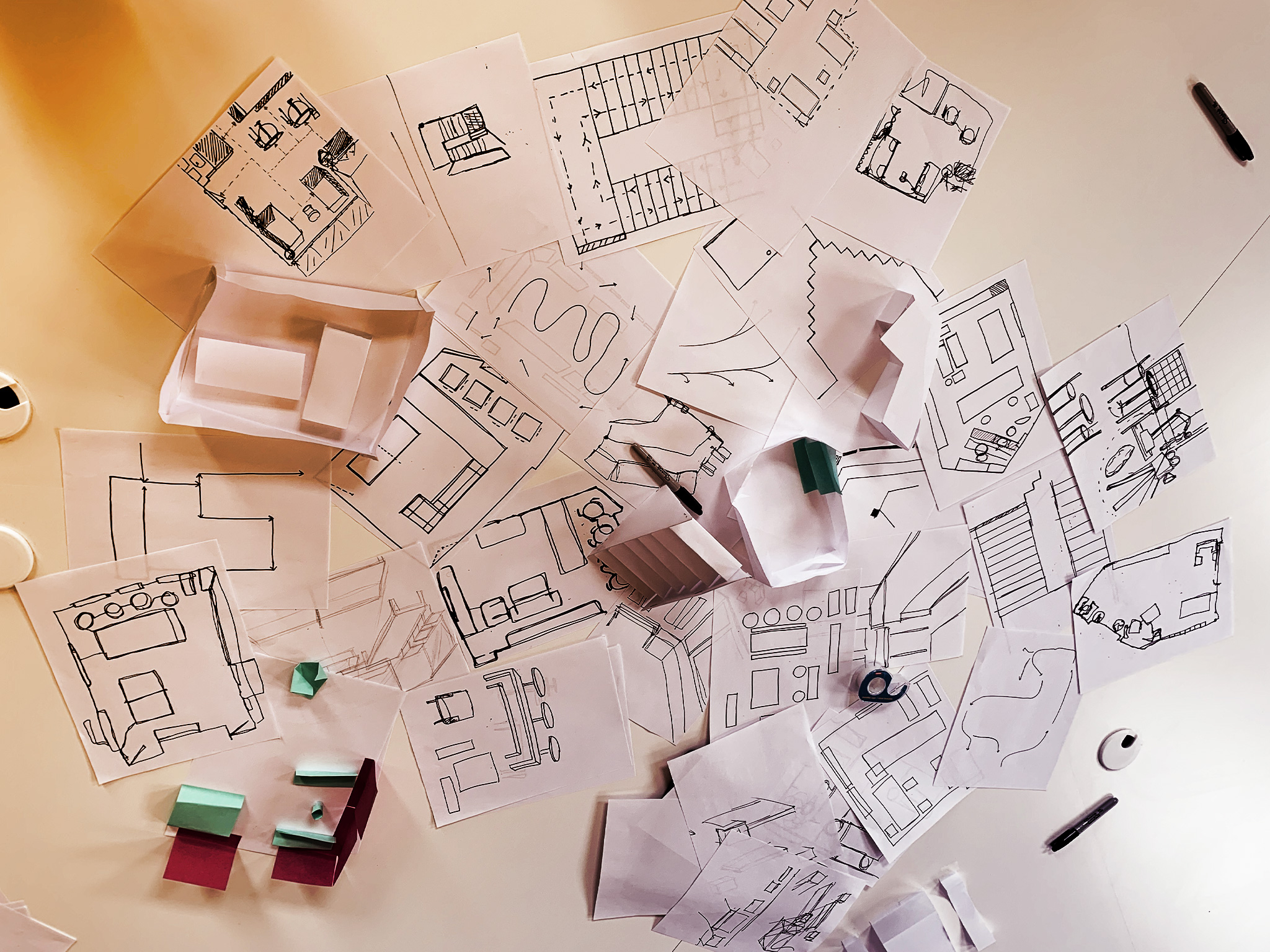
4 / 7
-
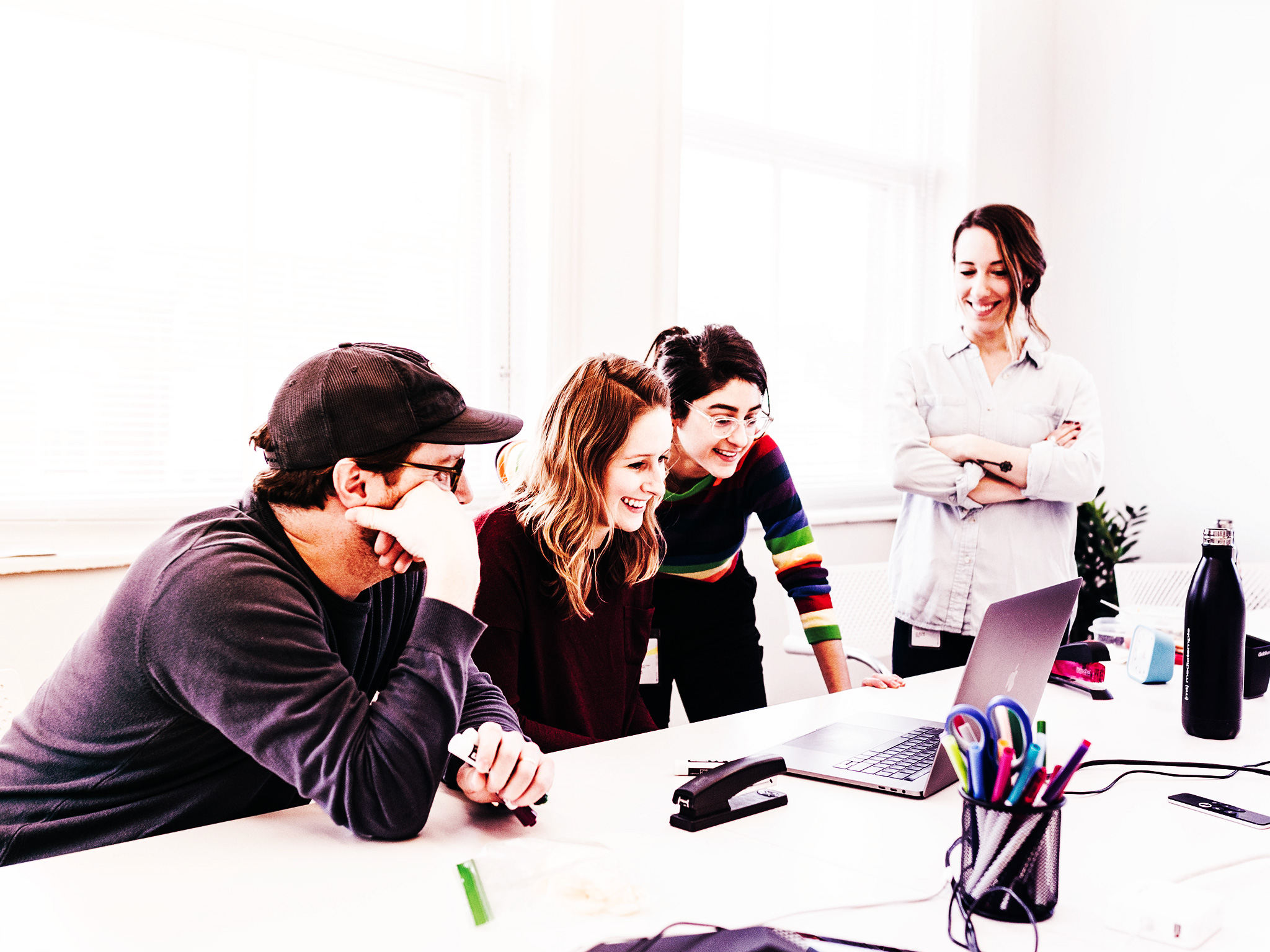
5 / 7
-
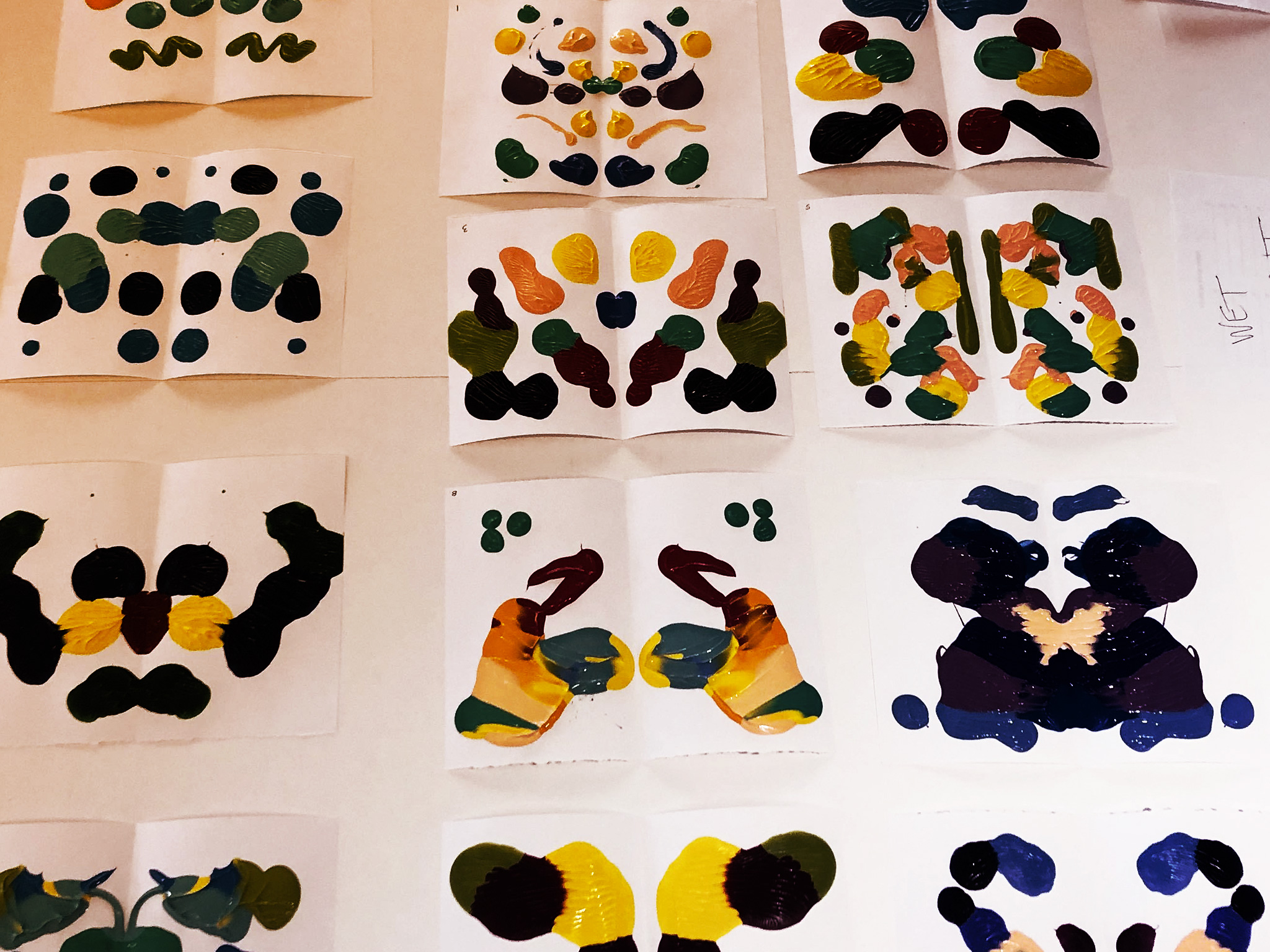
6 / 7
-

7 / 7
Photography by Matt Lewis and the design team
